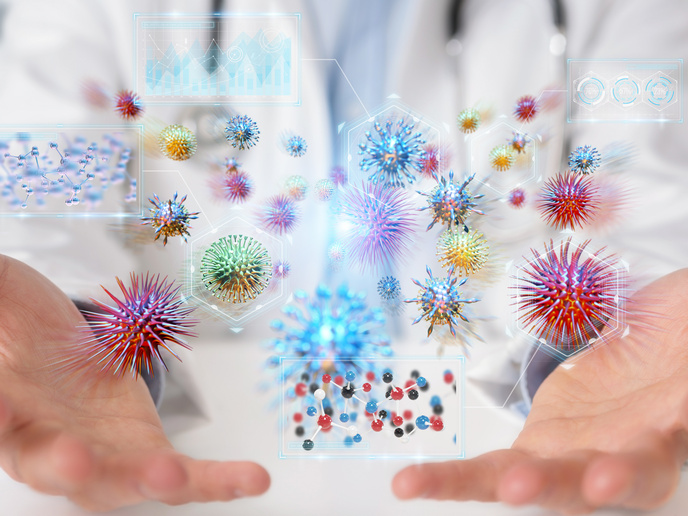Overcoming drug resistance in bacteria
The shortage of antibiotics for MDR infections caused by gram-negative bacteria is particularly critical. Bacteria from this group are the main cause of death among patients with hospital-acquired infections. The cell structure of gram-negative bacteria makes them more difficult to attack with drugs than gram-positive organisms. Existing antibiotics target mechanisms or structures that are essential for bacterial survival or growth. This offers a rapid solution, but leads to possibility of MDR bacteria selection. Alternative strategies target mechanisms related to development of infection. The EUfinanced the ANTIPATHOGN project to discover new targets and treatments that are less prone to development of drug resistance. ANTIPATHOGN studied mechanisms related to pathogenicity of Gram-negative bacteria to find new drug targets, or combinations of targets, and active compounds against them. The researchers focused on high-priority MDR bacteria such as Pseudomonas aeruginosa, Escherichia coli, Acinetobacter baumannii, Helicobacter pylori and Stenotrophomonas maltophilia. A major achievement of ANTIPATHOGN was the generation of a database of protein interaction (interactome) networks available for gram-negative bacteria. The consortium has identified phenotypically and validated 18 potential antimicrobial targets in gram-negative bacteriaand found potential drugs against two of them. Two of the targets are essential for bacterial growth, while the other sixteen are involved in various mechanisms related to virulence or resistance. Cell-based screens have identified 33 natural products with antimicrobial activity, including 3 novel compounds. Further studies will confirm the potential of these targets and compounds for antimicrobial drug development. The results of the project have been presented at 19 scientific conferences and have produced 54 publications in top-ranking journals. Information about new developments of ANTIPATHOGN is available through its website. The databases and tools generated by ANTIPATHOGN constitute a fundamental contribution to the knowledge platform on MDR bacteria. The consortium has provided new data on the biology of gram-negative bacteria and transformed them into tools that can be used for the development of new drugs for MDR bacteria.
Keywords
Gram-negative, bacteria, drug resistance, interactome, bioinformatics, protein interaction







